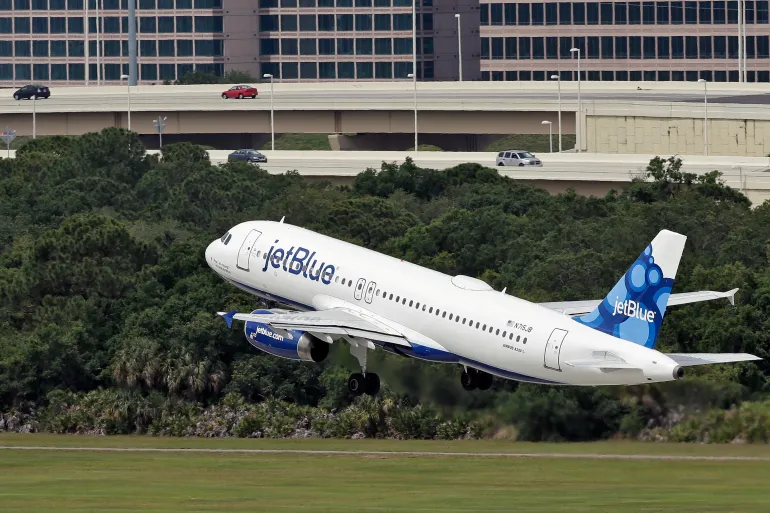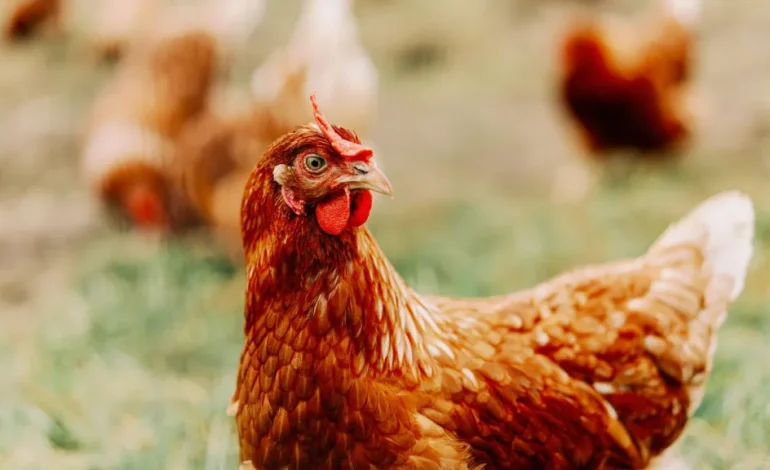Egg prices in the US have soared to record levels, with a dozen eggs costing as much as $10 in some areas.
While the ongoing avian flu outbreak has significantly reduced supply, another major factor is driving up prices: the growing popularity of breakfast at restaurants.
Americans are eating out for breakfast more than ever, increasing demand for eggs at restaurants. Chain eateries specializing in breakfast, such as First Watch, Eggs Up Grill, and Another Broken Egg Café, have rapidly expanded in recent years. Meanwhile, fast-food giants like Starbucks and Wendy’s have introduced and expanded their breakfast menus to keep up with demand.
According to Yelp, 6,421 new breakfast and brunch businesses opened in the US in the past year—a 23% increase from 2019. Market research firm Circana also reported that pre-lunchtime restaurant visits accounted for 21% of total dining traffic in 2024, the fastest-growing segment since 2019.
Eggs play a crucial role in breakfast offerings, with around 70% of breakfast sandwiches in the US containing eggs. This surge in demand puts additional pressure on an already strained supply chain.
While demand is rising, supply has been hit hard by avian flu. The outbreak has led to the culling of nearly 159 million birds, including 47 million since December alone. As a result, egg supplies have dwindled, driving up prices.
In January 2024, the average price of eggs hit $4.95 per dozen, nearly double the $2.50 price from the year before, according to the U.S. Bureau of Labor Statistics. Wholesale egg prices, which impact restaurants even more, have climbed to a national average of $7.34 per dozen, a 51% increase since the start of the year.
Some restaurants, like Waffle House, have introduced small surcharges to offset rising costs, while others are considering alternative ingredients or larger portions of non-egg items.
The surge in restaurant breakfast demand marks a shift from pandemic-era habits. During COVID-19, restaurant demand plummeted, leading many businesses to sell excess food directly to consumers. Now, with dining out rebounding, restaurant egg consumption is climbing again, reversing a decades-long decline in per capita egg consumption.
Other industry factors also impact pricing. Laws in several states, including California and Colorado, now require cage-free eggs, which limits supply. Additionally, major brands like McDonald’s have committed to using only cage-free eggs, making sourcing more complex and costly.
With bird flu outbreaks continuing and breakfast dining booming, egg prices may remain high for the foreseeable future. However, some relief could come if supply stabilizes and more eggs become available.
For now, whether making breakfast at home or grabbing a meal at a restaurant, consumers are likely to keep feeling the impact of higher egg prices.
With input from BBC, the Daily Mail, and Business Insider.










The latest news in your social feeds
Subscribe to our social media platforms to stay tuned